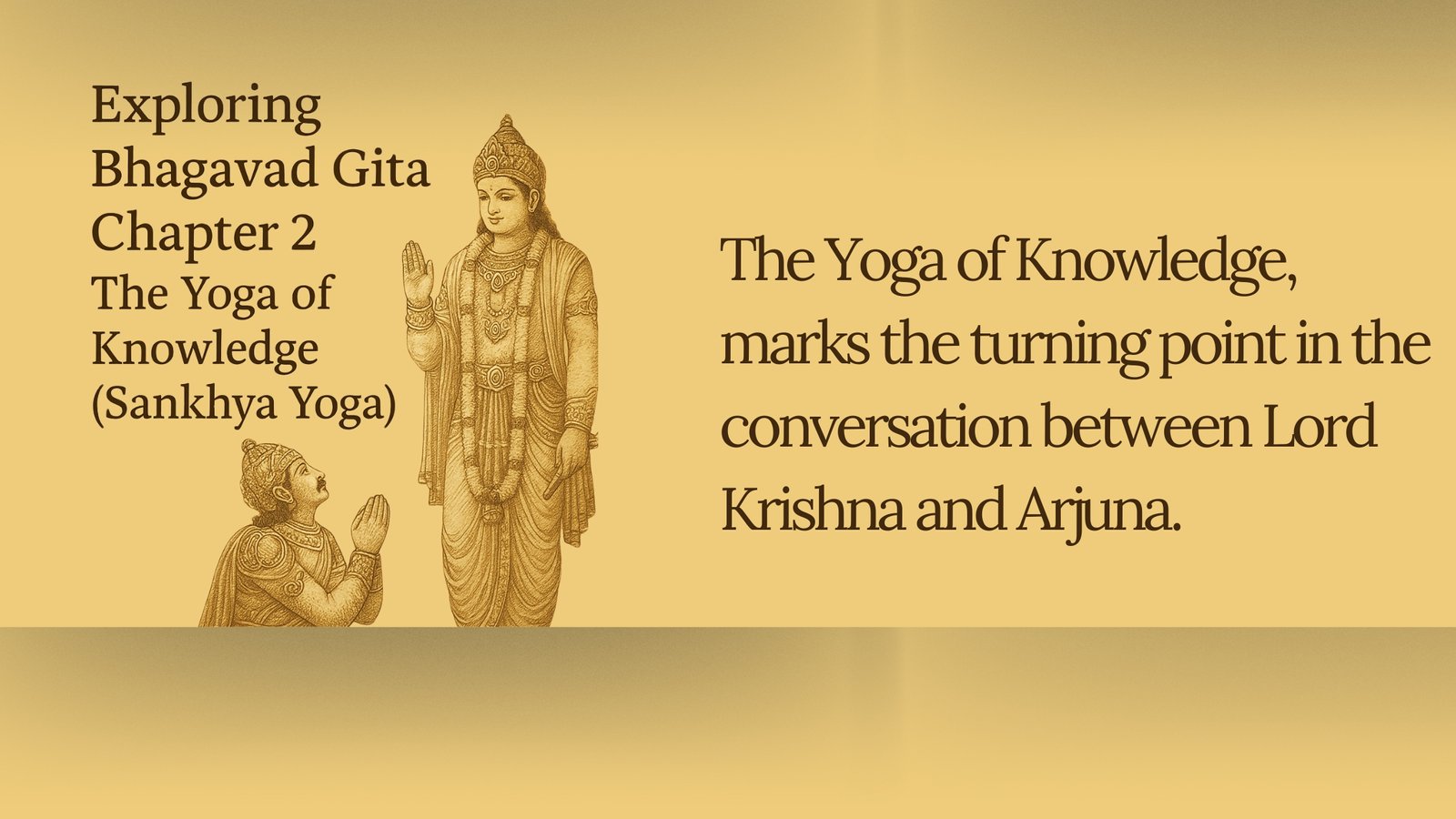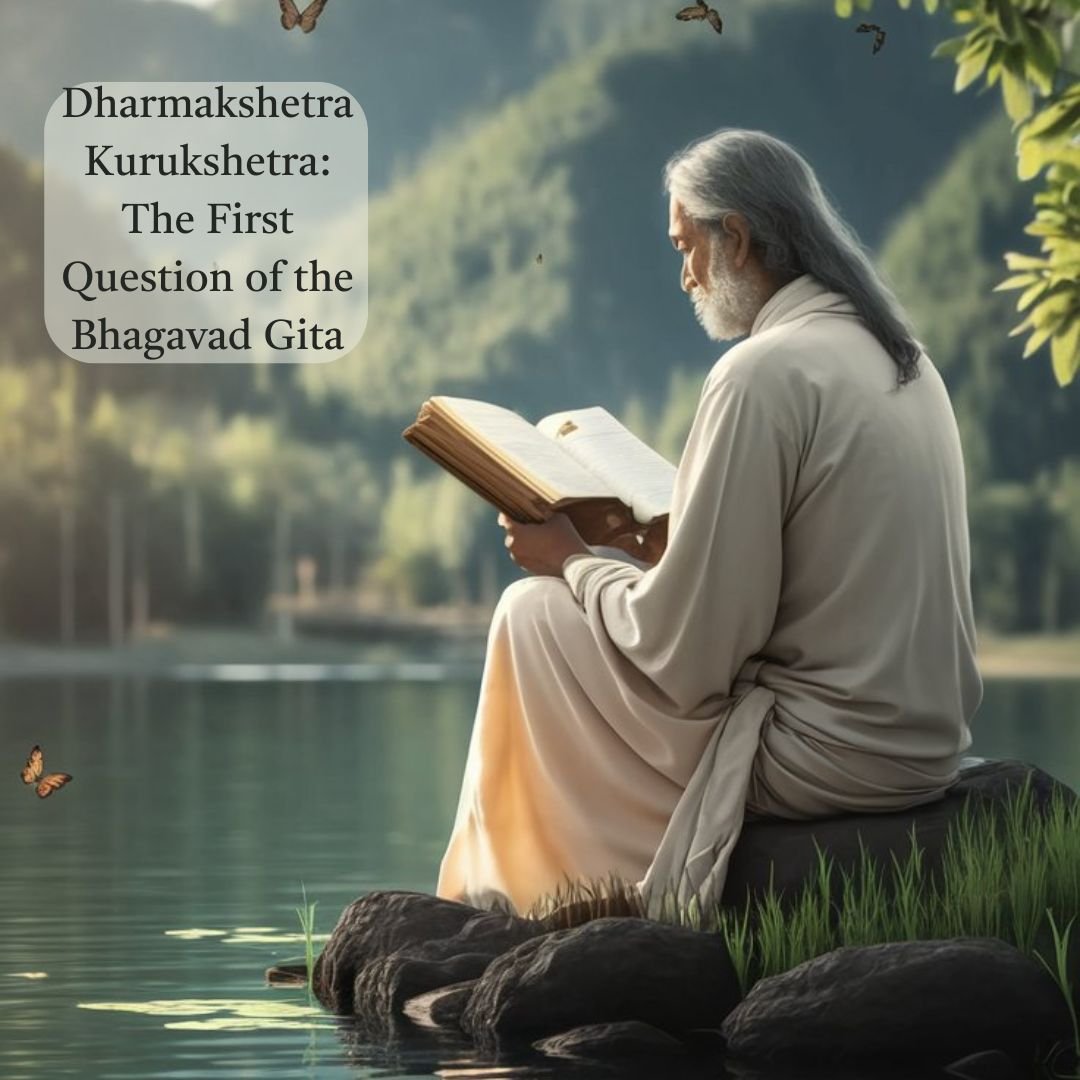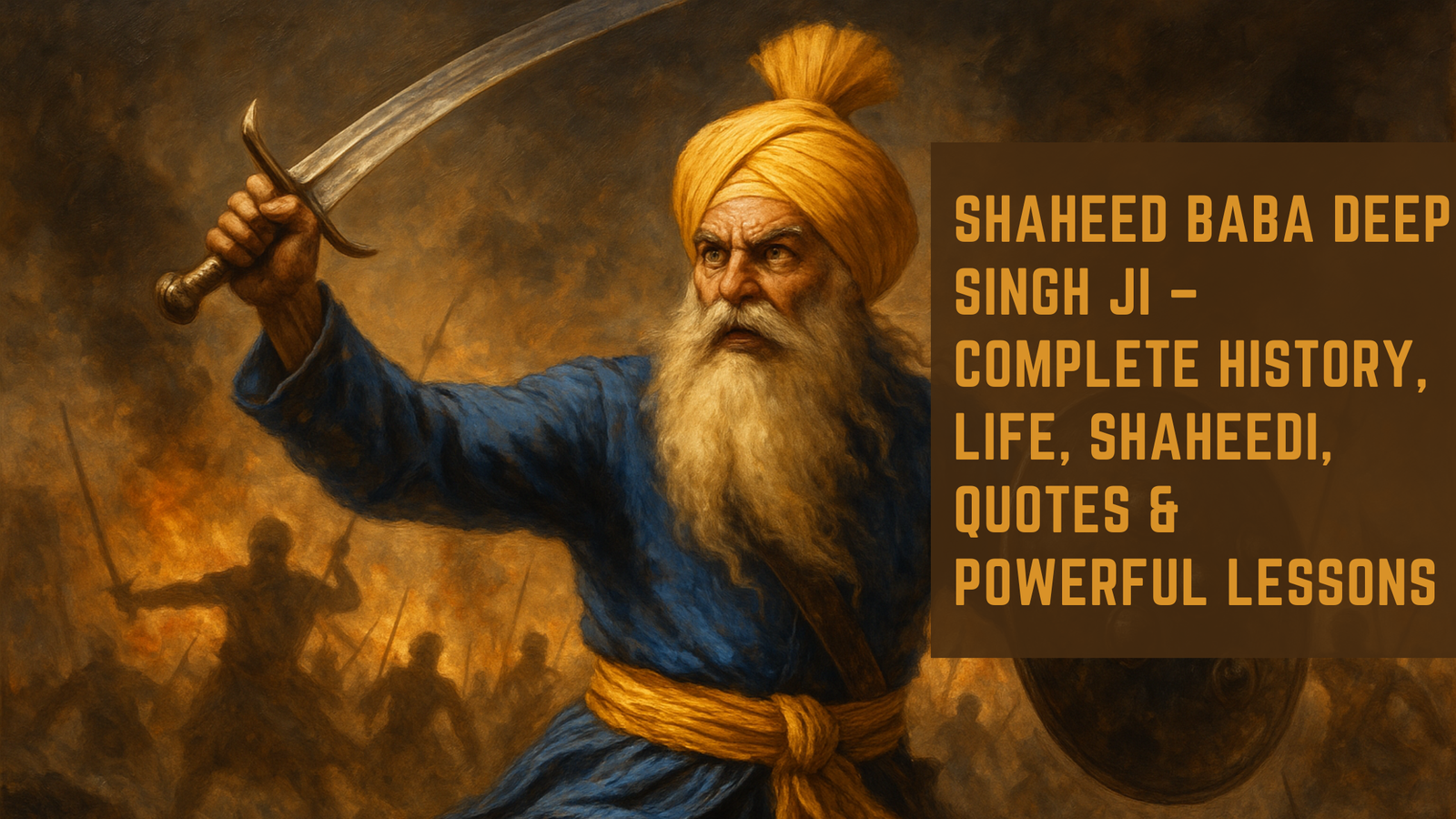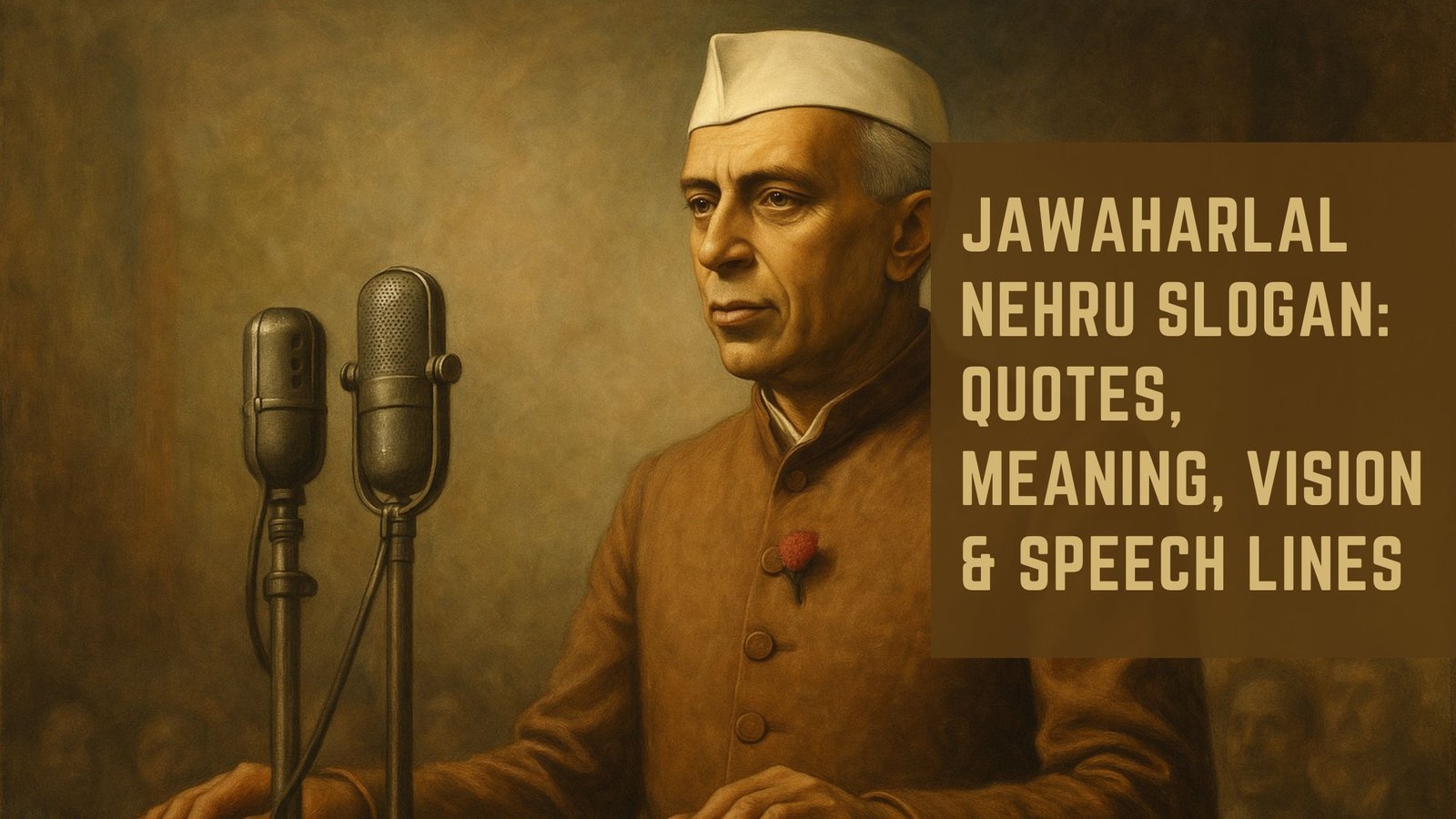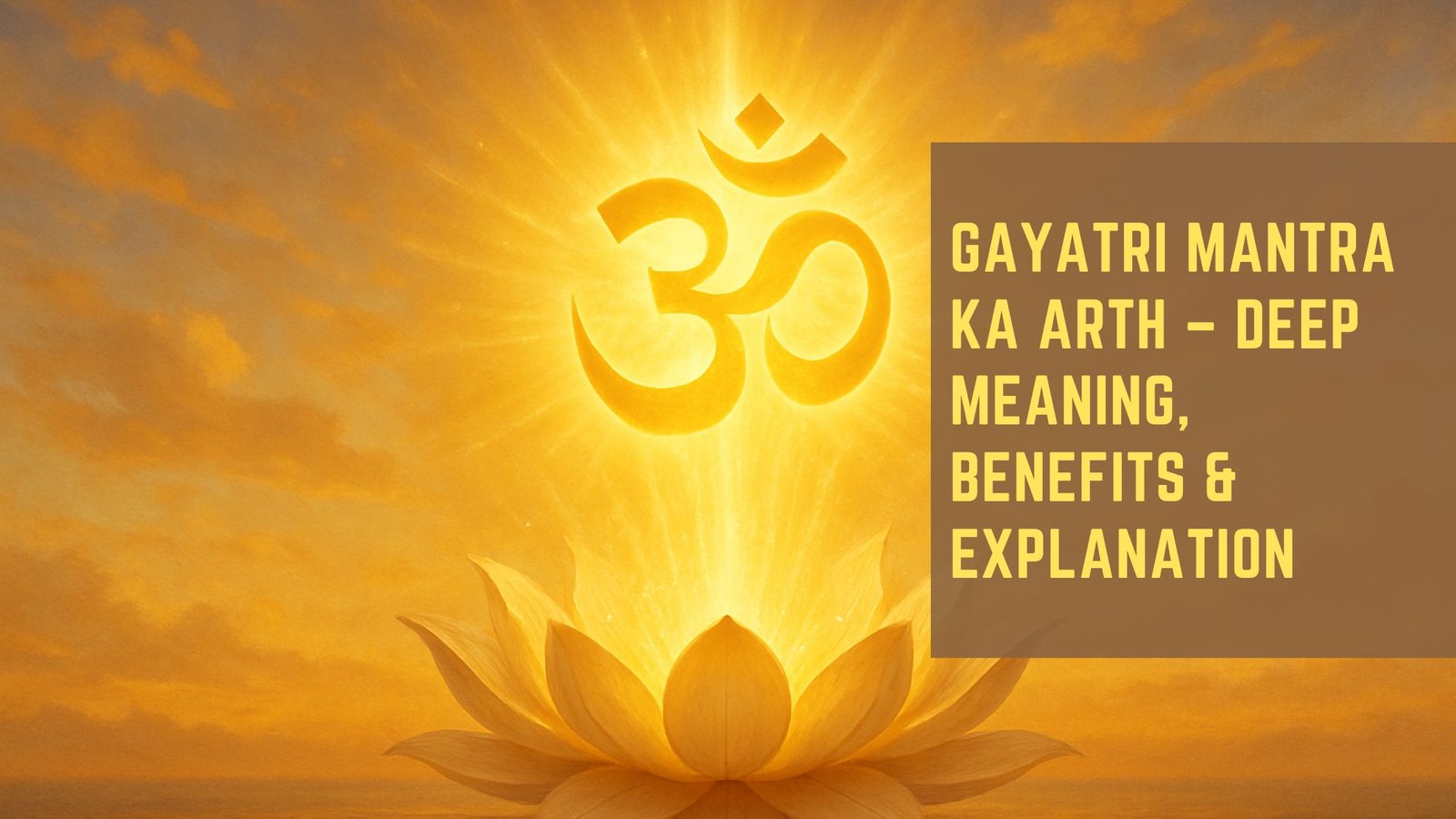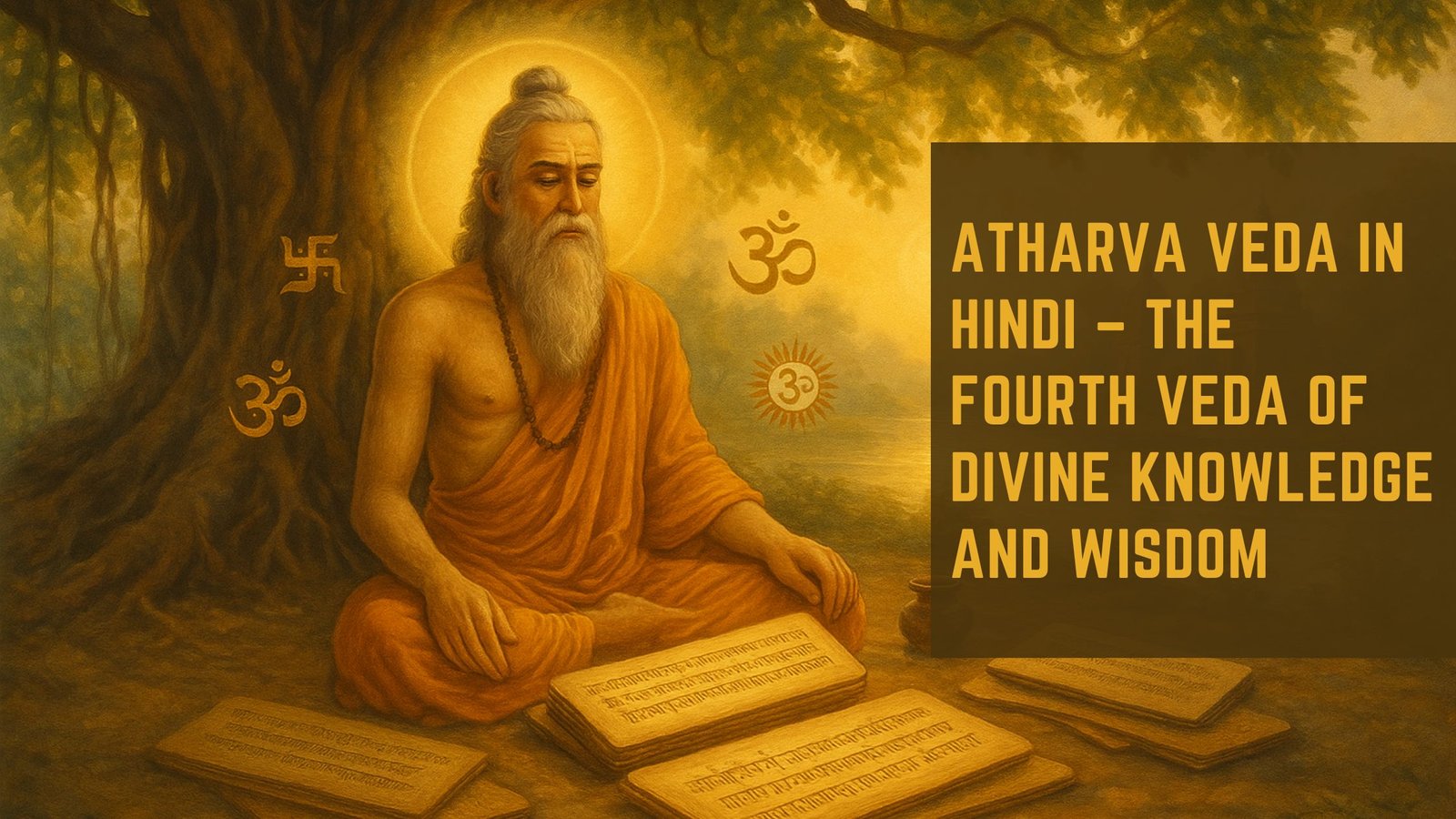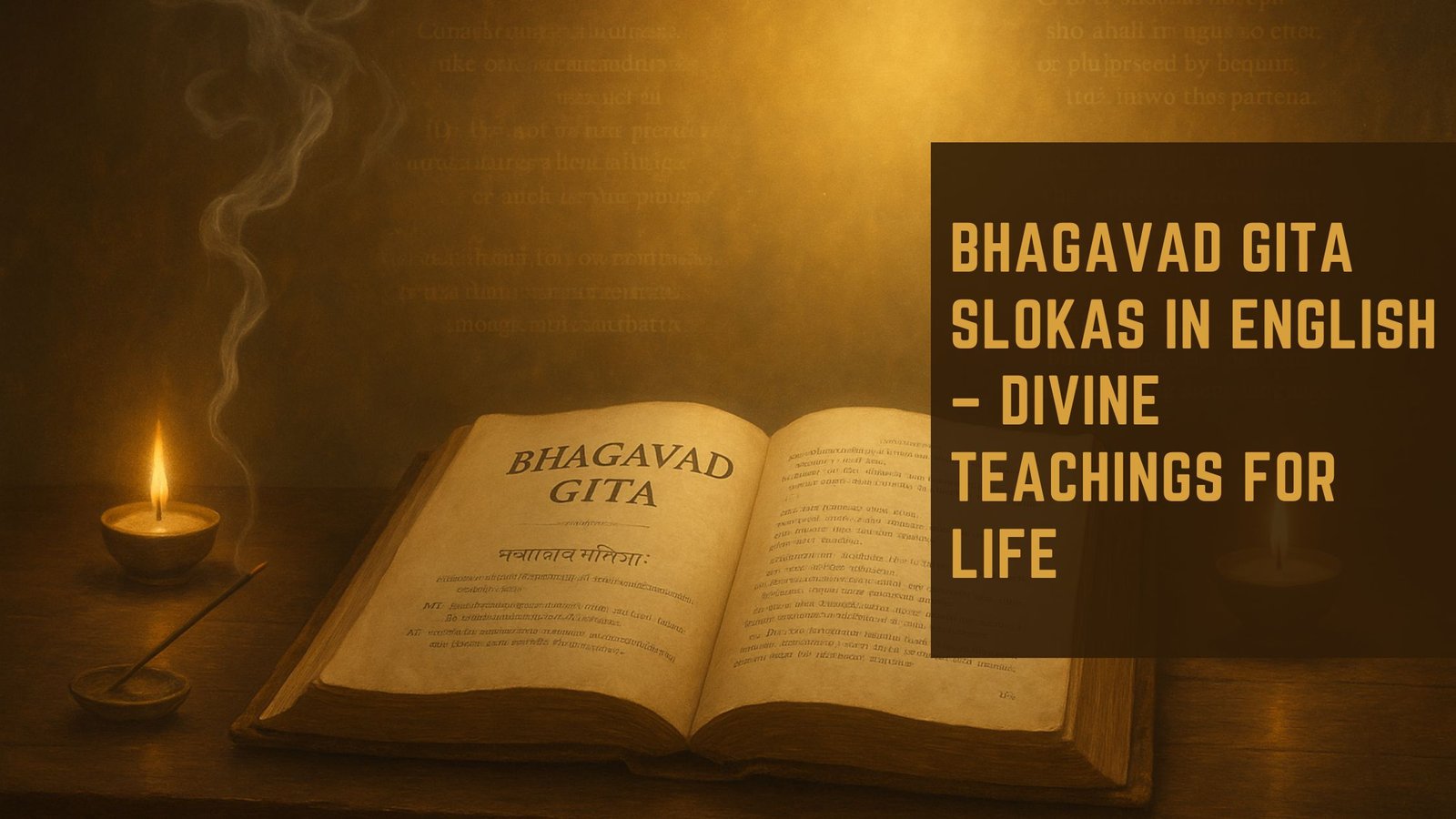The Bhagavad Gita, often referred to simply as the Gita, is a 700-verse Hindu scripture that is part of the Indian epic Mahabharata. It is a philosophical dialogue between Prince Arjuna and Lord Krishna, who serves as his charioteer. This sacred text addresses the moral and philosophical dilemmas faced by Arjuna as he prepares to go into battle against his own relatives, teachers, and friends.
The Gita is revered not only for its spiritual insights but also for its profound exploration of duty, righteousness, and the nature of reality. It has transcended cultural and temporal boundaries, influencing countless individuals and movements throughout history. The Gita’s teachings encompass various paths to spiritual realization, including devotion (bhakti), knowledge (jnana), and disciplined action (karma).
Its verses provide guidance on how to live a life aligned with one’s higher purpose while navigating the complexities of human existence. The text has been interpreted in numerous ways, making it a rich source of wisdom for people from diverse backgrounds. As readers delve into its verses, they often find timeless truths that resonate with their own experiences and challenges.
Key Takeaways
- The Bhagavad Gita is a sacred Hindu scripture that is part of the Indian epic Mahabharata, and it is a conversation between Prince Arjuna and the god Krishna.
- Chapter 1, Verse 2 sets the stage for the battle of Kurukshetra, where Arjuna is filled with doubt and moral dilemma about fighting in the war.
- Understanding the historical and cultural context of the Bhagavad Gita is important for interpreting its teachings and messages.
- “Dharmakshetra” refers to a place where righteousness and duty are upheld, and it symbolizes the internal struggle between right and wrong within oneself.
- “Kurukshetra” is the battlefield where the war takes place, and it represents the external conflicts and challenges faced in life.
- “Samaveda Yuyutsavah” refers to the desire to fight in the battle, indicating Arjuna’s initial willingness to engage in the war.
- Verse 2 is important in the Bhagavad Gita as it sets the stage for the moral and philosophical teachings that Krishna imparts to Arjuna.
- The teachings of Verse 2, such as facing challenges with courage and fulfilling one’s duty, can be applied to modern life to navigate moral dilemmas and make difficult decisions.
Overview of Chapter 1, Verse 2
The Battlefield of Kurukshetra
In Chapter 1, Verse 2 of the Bhagavad Gita, Arjuna expresses his hesitations and moral dilemmas as he surveys the battlefield of Kurukshetra. This verse sets the stage for the entire dialogue that follows, encapsulating the internal conflict that plagues Arjuna as he grapples with his duty as a warrior and his love for his family.
The Pivotal Moment
The verse reads: “Sanjaya said: O King, after observing the Pandava army arrayed and ready for battle, Arjuna, whose banner bore the emblem of Hanuman, took up his bow and prepared to shoot his arrows.” This moment is pivotal as it marks the beginning of Arjuna’s existential crisis. He is torn between his Kshatriya duty to fight and his emotional ties to those he must confront.
Symbolism and Foreshadowing
The imagery of Arjuna’s chariot, adorned with the emblem of Hanuman, symbolizes strength and devotion but also foreshadows the inner turmoil that will unfold. This verse not only introduces the characters and setting but also foreshadows the profound philosophical discussions that will emerge from Arjuna’s struggle.
Historical and Cultural Context

The Bhagavad Gita was composed during a time of significant social and political upheaval in ancient India. The Mahabharata, which includes the Gita, is believed to have been written between the 5th century BCE and the 2nd century CE. This period was marked by the rise of various kingdoms, complex social hierarchies, and philosophical schools of thought.
The Gita reflects the values and conflicts of its time, particularly the tension between dharma (duty) and personal desire. Culturally, the Gita emerged within a society deeply rooted in the concepts of karma and reincarnation. The idea that one’s actions in this life would determine their fate in future lives was a powerful motivator for individuals to adhere to their prescribed roles within society.
The text addresses these cultural norms while also challenging them, encouraging readers to seek a deeper understanding of their responsibilities beyond mere societal expectations. (Source: Encyclopedia Britannica)
The Meaning of “Dharmakshetra”
| Verse | Meaning |
|---|---|
| Chapter 1, Verse 1 | The field of dharma |
| Chapter 1, Verse 2 | The place of righteousness |
| Chapter 1, Verse 3 | The land of righteousness |
The term “Dharmakshetra” translates to “the field of dharma,” where dharma refers to righteousness or duty. In the context of the Bhagavad Gita, this term carries profound significance. It suggests that Kurukshetra is not merely a battlefield but a sacred space where moral and ethical dilemmas are confronted.
The use of “Dharmakshetra” emphasizes that the conflict at hand is not just physical but also deeply spiritual. This concept invites readers to reflect on their own lives as fields where they must navigate their duties and responsibilities. Just as Arjuna faces his moral quandary on the battlefield, individuals today encounter their own challenges in fulfilling their roles within families, communities, and workplaces.
The notion of Dharmakshetra serves as a reminder that every action taken in life can be viewed through the lens of righteousness and ethical conduct.
The Significance of “Kurukshetra”
Kurukshetra holds immense significance in both historical and spiritual contexts. It is not only a geographical location but also a symbol of the eternal struggle between good and evil, right and wrong. The battlefield represents a place where opposing forces collide, mirroring the internal conflicts faced by individuals in their daily lives.
In this sense, Kurukshetra becomes a metaphor for life’s challenges, where one must confront their fears, desires, and moral dilemmas. Moreover, Kurukshetra is steeped in mythology and tradition. It is believed to be the site where great sages performed penance and where significant events in Hindu mythology unfolded.
This historical backdrop adds layers of meaning to the narrative of the Gita, reinforcing its teachings about duty and righteousness. As readers engage with the text, they are invited to consider how their own “Kurukshetra” manifests in their lives—whether through personal struggles or societal challenges.
Understanding “Samaveda Yuyutsavah”

The Battlefield of Life
The phrase “Samaveda Yuyutsavah” translates to “those who are eager to fight.” This term encapsulates the spirit of readiness and determination that characterizes both Arjuna and his adversaries on the battlefield. It highlights the intensity of the conflict at hand and underscores the importance of action in fulfilling one’s duty. The warriors assembled on both sides are not merely participants in a physical battle; they embody various aspects of human nature—ambition, loyalty, fear, and courage.
Beyond the Physical Battlefield
This phrase also serves as a reminder that life itself is a constant battle against ignorance, doubt, and moral ambiguity.
The Readiness to Fight for Personal Growth
The readiness to fight—whether metaphorically or literally—becomes an essential aspect of personal growth and self-realization. It is a call to action, urging individuals to confront their own fears and doubts, and to emerge victorious in the battle against their own limitations.
The Importance of Verse 2 in the Bhagavad Gita
Verse 2 of Chapter 1 is crucial because it lays the groundwork for the philosophical discourse that follows throughout the Gita. It encapsulates Arjuna’s internal struggle while simultaneously introducing key themes such as duty (dharma), righteousness, and moral conflict. This verse serves as a catalyst for Arjuna’s transformation from confusion to clarity as he seeks guidance from Krishna.
Furthermore, this verse resonates with readers on multiple levels. It invites them to reflect on their own dilemmas and encourages them to seek wisdom when faced with difficult choices. By presenting Arjuna’s vulnerability at this moment, the Gita becomes relatable; it acknowledges that even those who are destined for greatness can experience doubt and fear.
This universal theme of grappling with one’s responsibilities makes Verse 2 a cornerstone of the text’s enduring relevance.
Applying the Teachings of Verse 2 in Modern Life
The teachings encapsulated in Verse 2 can be applied to various aspects of modern life. In an age characterized by rapid change and uncertainty, individuals often find themselves at crossroads where they must make difficult decisions regarding their careers, relationships, and personal values. Just as Arjuna faced his moral dilemmas on the battlefield, people today encounter situations that challenge their beliefs and ethical principles.
By reflecting on Arjuna’s struggle in Verse 2, individuals can cultivate self-awareness and resilience when navigating their own challenges. The concept of Dharmakshetra encourages them to consider their responsibilities within their communities while remaining true to their values. Moreover, embracing the readiness to confront life’s battles—symbolized by “Samaveda Yuyutsavah”—can empower individuals to take decisive action toward achieving their goals.
In conclusion, Chapter 1, Verse 2 of the Bhagavad Gita serves as a profound introduction to themes that resonate across time and culture. By exploring concepts such as Dharmakshetra and Kurukshetra, readers are invited to engage with their own moral dilemmas while drawing inspiration from Arjuna’s journey toward self-discovery. The teachings found within this verse continue to offer valuable insights for navigating life’s complexities in today’s world.
In Chapter 1, Verse 2 of the Bhagavad Gita, the warrior Arjuna is filled with compassion and sorrow as he sees his loved ones on the battlefield. This verse sets the stage for the profound teachings that follow. For further insights into this verse and the spiritual guidance offered by the Bhagavad Gita, you may want to read the article “The Bhagavad Gita: Eknath Easwaran’s Insights” available at this link. This article delves into the wisdom and interpretation of Eknath Easwaran, shedding light on the timeless teachings of this ancient text.
FAQs
What is the Bhagavad Gita?
The Bhagavad Gita is a 700-verse Hindu scripture that is part of the Indian epic Mahabharata. It is a sacred text of the Hindu religion and is considered one of the most important spiritual classics.
What is Chapter 1 Verse 2 of the Bhagavad Gita about?
Chapter 1 Verse 2 of the Bhagavad Gita sets the stage for the epic battle of Kurukshetra. It describes the scene where the warrior Arjuna is filled with compassion and sorrow as he sees his own kinsmen, teachers, and friends assembled for battle.
What are the key themes in Chapter 1 Verse 2 of the Bhagavad Gita?
The key themes in Chapter 1 Verse 2 of the Bhagavad Gita include the moral and ethical dilemmas faced by Arjuna, the concept of duty and righteousness, and the inner conflict between emotions and duty.
How is Chapter 1 Verse 2 of the Bhagavad Gita relevant today?
Chapter 1 Verse 2 of the Bhagavad Gita addresses universal themes such as the struggle between emotions and duty, the ethical challenges faced in life, and the search for inner peace and clarity. These themes remain relevant in today’s world and can provide guidance for individuals facing similar dilemmas.

